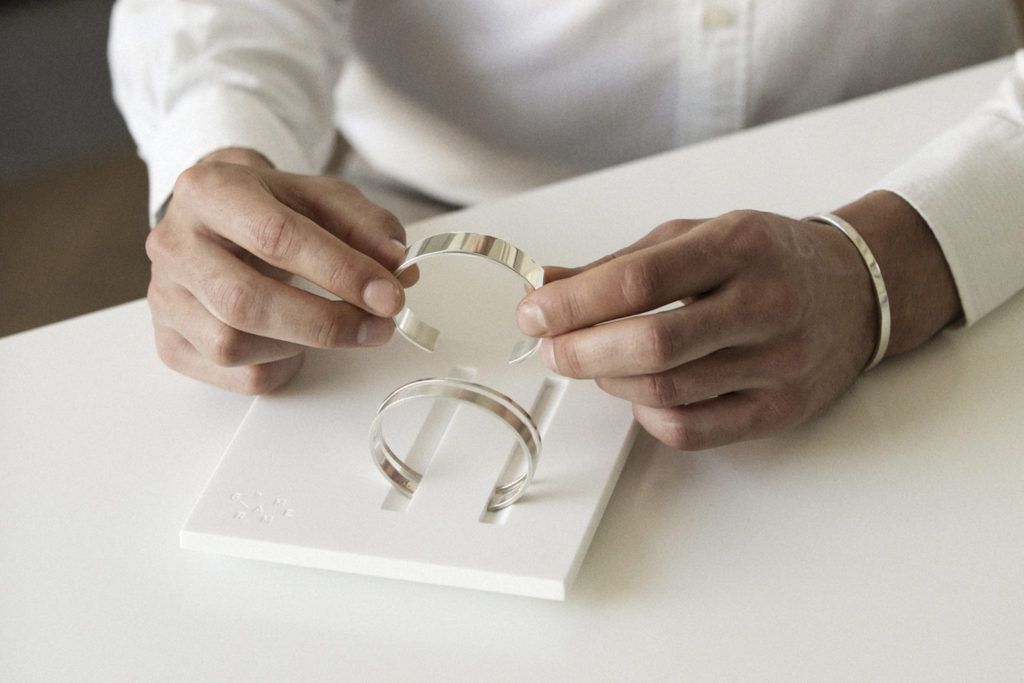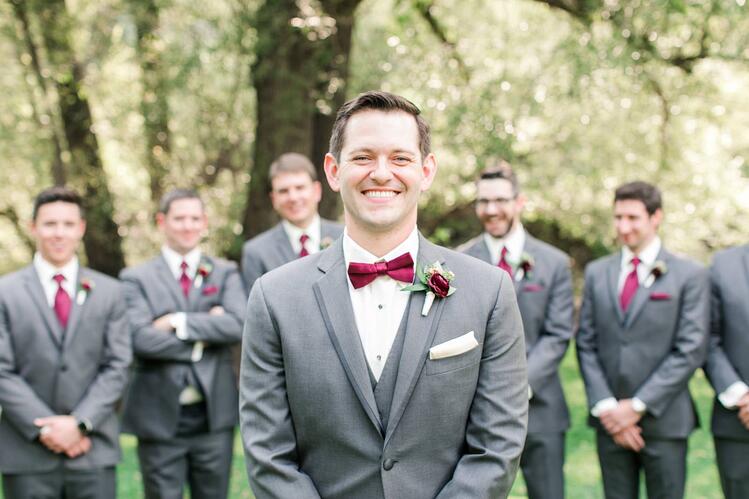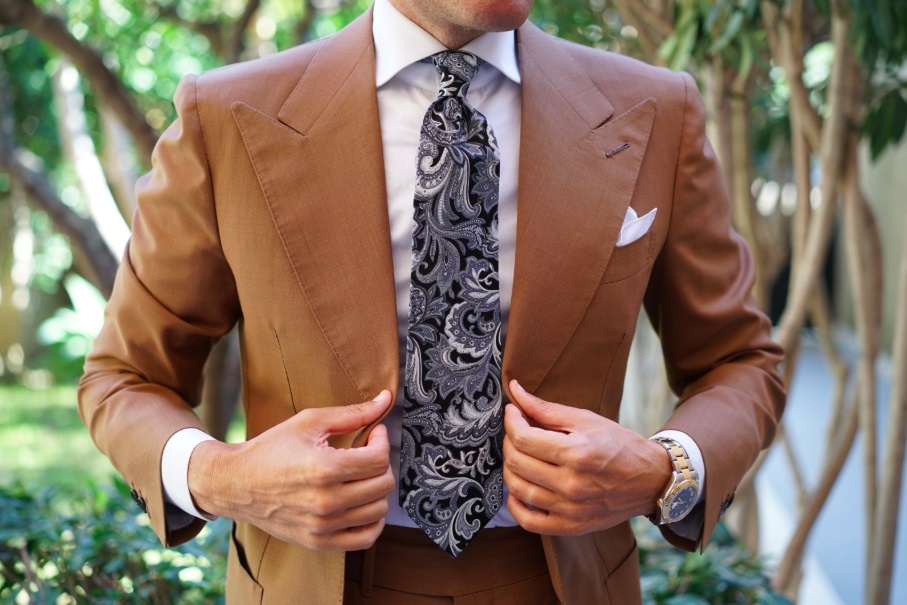Tradition has it that the tie was brought to France by Croatian soldiers at the court of Louis XIII. They tied a scarf around their necks to maintain their elegance at the height of the melee. From this bravado detail was born the accessory par excellence of the modern man’s outfit for his daily struggles. The tie is the most personal element of the costume. It is “this essential piece of clothing that gets to know the wearer,” even the one who has been forgotten was a fine fashion analyst: So how do you choose this accessory that says so much about the wearer?
The basic rules for wearing it well
The first thing to observe is the length: the tie should not hang over the belt. The tip of the fabric should touch it. So it shouldn’t be too high either.
The width, as for it, evolves over time. So it’s better to stay in an average. The slim model, very modern, is generally not recommended because it remains a sartorial audacity. The wide tie itself, from 8 cm to 9 cm, is largely out of fashion. According to Adrien Gros, “the safest way to work is to choose the width of 7.2 cm”.
“The best thing is to focus on the simple knot,” he explains. Except for the very thin silk tie to which a windsor knot will give volume, it is not worth looking in everyday life for refined knots that will seem complicated, including for a wide-open collar. To make it an elegant and simple, we can leave a slight cavity, which will give it a real dynamic.”
Finally, Adrien Gros confides this tip: “You can shift the second part of the tie very slightly to make chic. This reminds us that the tie comes down from the headscarf. However, it is a dandy detail that is not necessarily appropriate for the office.”
The united tie, for the man you can count on
If you want to inspire confidence with a good sober and effective taste, it is best to opt for a solid tie. But not just any one. Neutral silk, too smooth for a complex personality, and even more so in polyester. To show a classic but informed taste, we prefer what Adrien Gros calls “the tie of the defence”. The strategy is to opt for risk-free colours, such as “a beautiful navy blue or an elegant anthracite grey,” but textured materials. A slight “caviar” gives a little relief and attests to an effort of selection.
“The first thing to focus on is the outfit. A tie with a wool trilure will not make folds, unlike polyester ties whose fibers break and which are thus always crumpled.”
The tone on tone is also not recommended. If you stay in the same color as the jacket, you prefer the contrast. This ensures that the person watching you have a safe taste because you present well by staying simple.
The touch of elegance, for the man in representation
Some professions require a level of elegance, especially occupations that require frequent representation. By staying in classic colors, we can then try slightly more original materials, “to be elegant while remaining business”. The chevron tie or the faux-uni can give this chic and neat impression, while remaining discreet. Similarly, Adrien Gros evokes the models with a hen’s foot motif. “In small patterns, in shades of brown, cream, black and white, and provided you are discreet, it is very elegant.”
The tie used as a chic detail, for the man who must stand out
One can easily use a tie to present a certain chic, even in the world of work. However, to be chic in the office, one will not follow the rules of other occasions dressed. Again, the first contrast to watch is that of the context, not to surprise with the entourage. So let’s forget the pastel ties and the liberty motifs of the summer wedding. For true elegance at work, two ways are possible.
The first is the choice of an original color. A beautiful forest green, an elegant light grey or, for sunny days, a tie color duck or mustard yellow. Again, if we aim for luxury, we might as well put the price. “It’s best to avoid a dull yellow or bling-bling on the edge of gold, under the pretext of pretty mustard color,” advises Adrien Gros. The bright red is not particularly modern, “maybe a little too Donald Trump.” It is better to favor a quality burgundy.
The second option is to opt for a motive. The most elegant are the large tiles. “Great red tiles on a blue tweed tie, for example, it works very well. Watch Yann Barthès(the host of the daily show, on TMC). The stripes of club ties are less popular. Unless of course come from a big house. Ditto for the weight that has been very trendy in recent years. The small motive, on the other hand, may be of reasonable fancy.
How far can fantasy be pushed without looking like an original?
If you want more fantasy, it is possible if you wear your tie with a sweater. “Better to avoid round-neck sweaters that are very ‘dad’, but the button waistcoat goes very well with a tie.” Open by ten or twenty centimetres, it can be used to wear an original patterned tie while maintaining a serious style. “With this outfit, you can put on a Hawaii tie in complete serenity. You will never be shocking, you will be refined.”
We then cultivate his fantasy without looking like an original. You can also simply wear a sweater and tie, to give you a more sporty look: “it allows you to be Friday wear, a nice and quiet style”.
“The French are now looking to take care of their clothes,” says Adrien Gros. The tie is and remains a rather chic accessory. The whole art of wearing it is therefore to find the right assortment that does not seem enthrlyful but naturally elegant. This is an escape from this category of bow tie men who, according to Balzac, wear a tie as they would wear a rope around their necks.




